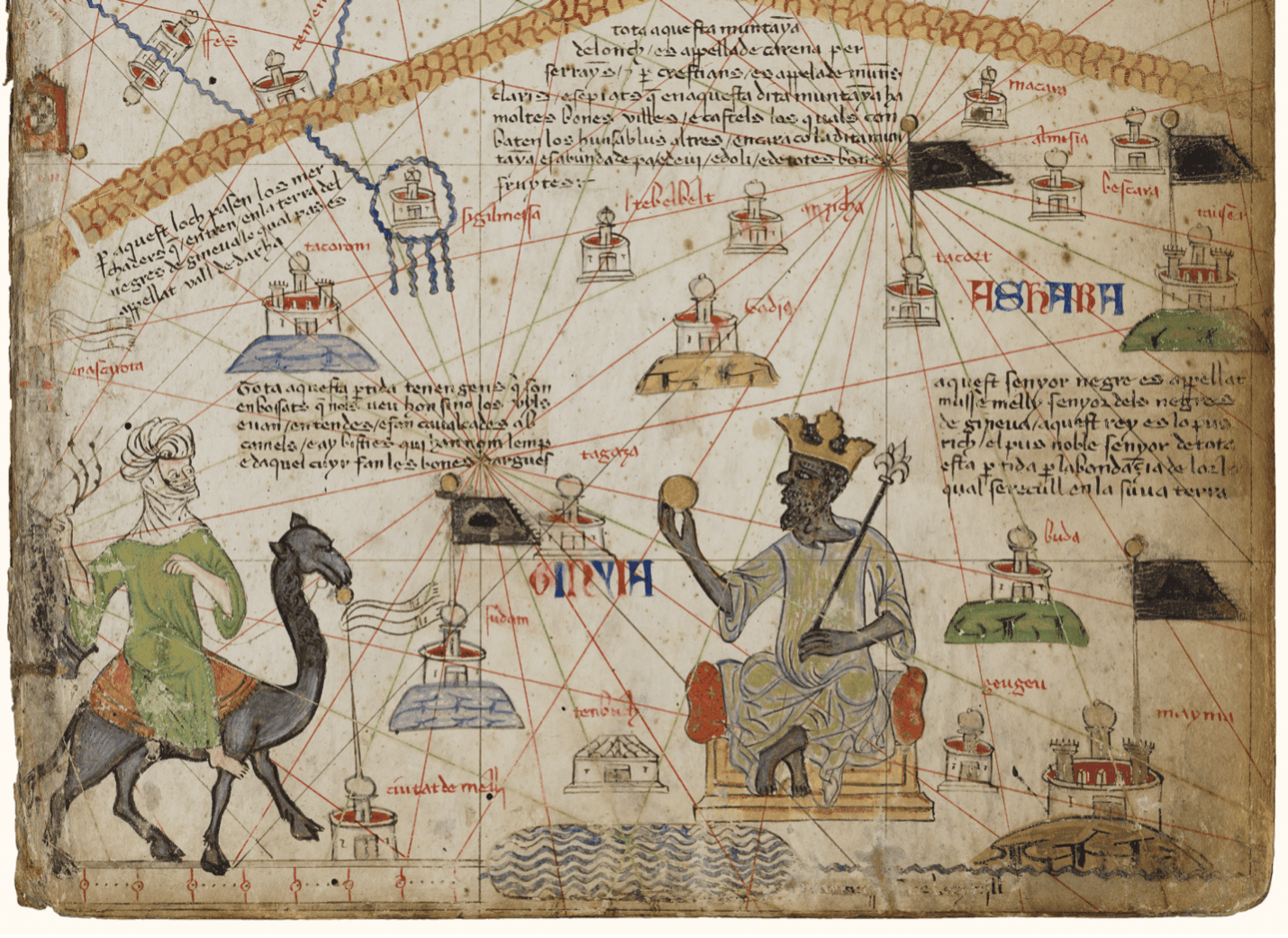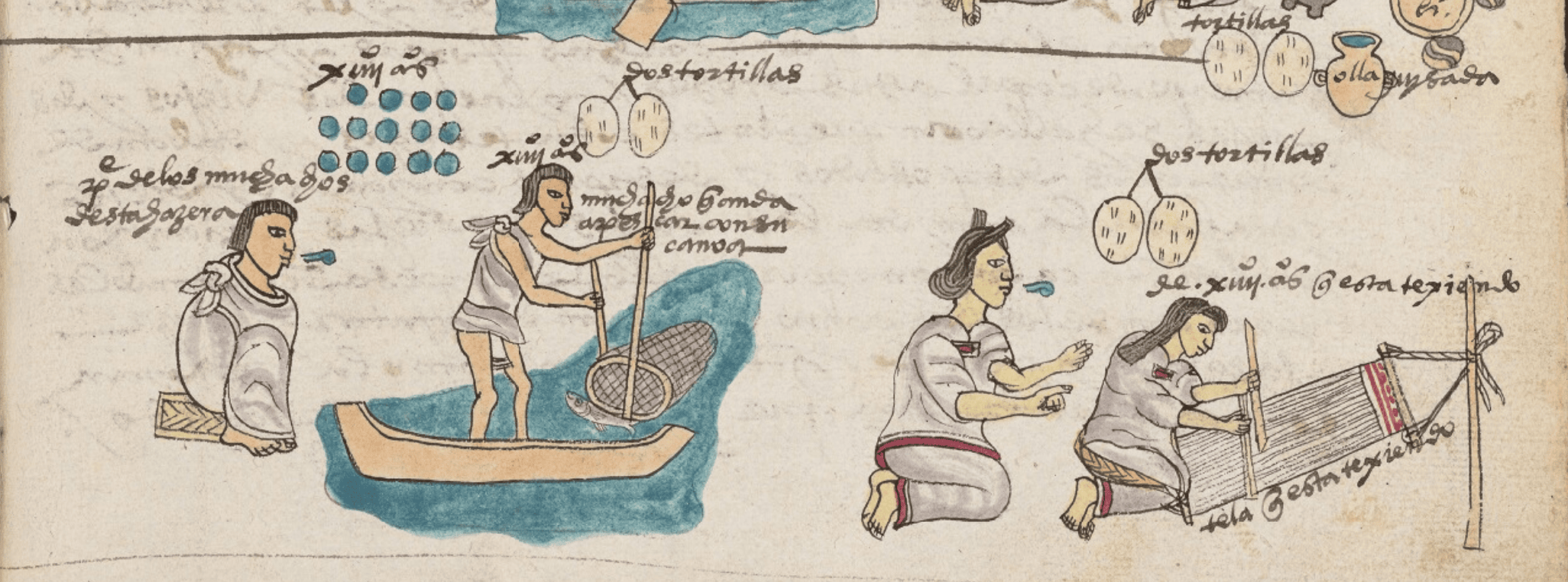From GI Roundtable 21: Shall We Have Universal Military Training? (1944)
A Look at British Policy
Traditionally, the British have not felt any necessity of raising large armies for the defense of their island realm. Trusting to the navy to protect them from invasion, they have relied upon volunteer land forces to supplement their sea power in maintaining the Empire and in carrying out ground operations wherever necessary. Throughout the nineteenth century this combination of preponderant sea power supplemented by volunteer land forces provided security for the Empire. There was no need for the British people to think seriously about adopting peacetime universal military training or even a policy of conscription in time of war.
In the first World War the British faced an unprecedented need for a huge land army. For the first time since the days of Napoleon a situation confronted them that could not be dealt with by the traditional method. Even so, they hesitated to adopt a policy of conscription, for, as Prime Minister Lloyd George remarked in his War Memoirs, “the idea was unfamiliar. … Bred on a soil for centuries inviolate we were accustomed to send abroad only small, professional armies, the ranks of which, in so far as they were British, could be filled by the recruiting sergeant on a voluntary basis. … Our national defence has been the fleet, which requires far fewer men than does an army. … We also had a strong traditional objection to the creation of large land forces, as potential instruments of warm and an infringement of personal liberty.”
Stark necessity, however, overcame the forces of tradition, and after much bitter argument a conscription bill, the first in British history, became law in January 1916, It required the enrollment foi possible military service of all men from 18 to 41, and it was enforced without incident for the duration. As in the United States, only a minority raised their voices after the war for a system of obligatory peacetime military service on a universal basis. The prevailing view was that Britain could safely continue to rely upon her traditional military arm, the navy, and that there was no anticipated need for another British mass army. Conscription was therefore put aside as a wartime matter which could be disregarded until the country faced another national emergency.
In 1935, when Germany began to rebuild her army in violation of the treaty of Versailles, a few voices in favor of universal training were raised in England, but they aroused little general interest until it became increasingly clear that the Nazis were bent upon territorial expansion even at the price of another major war. By that time two things were obvious. First, the British navy could not protect the British Isles from attack by Goering’s much publicized Luftwaffe. Secondly, in the event of a conflict, Britain would be compelled to send a substantial expeditionary force to the Continent to assist the French army.
Hitler marched into Prague in March 1939. This act, which completely destroyed the Munich agreement of the previous fall, finally convinced the British people and government that another war was inevitable. Overnight, British policy changed to one of all-out preparation, including compulsory military training. At the end of April Britain adopted her first peacetime training law. It obligated men to take a six-mouth training course, after which they could choose between the reserve forces of the regular army or a period of enlistment in the territorial army. Before this new system could be started, the Nazi invasion of Poland precipitated the war and Britain turned again to a system of full conscription.
The Continental Attitude
In general, the Continental attitude toward universal military training has been quite different from that in America and Britain. The was of the Continental powers have been fought chiefly by large land armies, and their military policies have been based on the need to be able to put a land force of maximum size into the field in minimum time. Few countries tried to maintain a permanent standing army large enough to meet all possible needs but by the latter part of the nineteenth century the Continental states followed almost without exception a system of obligatory military training for all young men. The length of the required training varied from time to time and from country to country, but it was seldom less than a year. Most countries also required periodic refresher courses, usually consisting of attendance at summer camps for a stated time.
The Swiss system, though applied in a small country and not linked with an aggressive military policy, is typical in many ways of European practice. At the age of 19, a young man is assigned, on the basis of examinations, for training in a particular branch of military service. During the following year he is obliged to spend a minimum of 116 days in uniform. After completing his course, he is assigned to a battalion in his home area and until he is 26 is required to have nineteen days of training each year. From the time he is 26 until he is 32 he trains for three weeks every second year. At 32 he passes into the second class of reservists, where he remains until he reaches 40. During this time he must take at least two courses of nineteen days each. At 40 he becomes a member of the third class where he remains for the next eight years. No further training is required of this final reserve class.
When the Nazis reestablished the German army in 1935 they prescribed a year’s military training for every young man who had reached 20. Since most of them had already passed through a six-month period of thinly disguised military training in the Nazi “labor corps,” the young reservists of the Reichswehr had behind them an actual training period of about eighteen months. Following the year of army training, each man became, as in Switzerland, a member of successive classes of organized reserves with periodic and diminishing requirements for refresher courses.
Almost from the time of the Russian Revolution, the Red army has been organized on the basis of compulsory military service. Until recently, all young men became liable at 21 for military duty. Some were inducted into the regular army, where they served for two years. Others, not taken into the central or regular army, were organized into territorial units where, for a period of five years, they received short periods of training near their places of work. By this latter arrangement masses of men could be given a substantial amount of military training without being withdrawn from productive labor on the farms and in the factories of the Soviet Union.
After their two-year or five-year period of active training, the men are classed into various reserve organizations, divided by age groups, and they remain liable for service until the age of 50. Throughout this entire period they must attend periodic assemblies, lasting from one to two months, where they receive further training. On an average, each man must attend such an assembly every second year.
Several recent changes have been made. As the likelihood of involvement in the present war grew, the Soviet authorities lowered the draft age to 19 (or to 18 in the case of young men who had completed their secondary school education) and relatively more men were inducted into the regular army than into the territorial units. By these methods, it is probable that at the time of Hitler’s invasion the Red army had been increased to about three million men.
The outbreak of war brought another change in Soviet policy. On October 1, 1941 all Soviet citizens from 16 to 50 were ordered to take some kind of military training, usually given after their regular day’s work had been finished. Chemical defense, antitank tactics, sniping, and similar skills have thus been taught to great masses of people. Many factories have formed their own training units and have provided their own drill grounds. No nation has ever so fully approximated the concept of the “Nation in Arms” as the U.S.S.R. of the present day.
To summarize briefly, Great Britain, the British Dominions, and the United States have all avoided universal military training, while the states of Continental Europe have had such a system for many years. This difference is not purely accidental. Sea power has been the chief weapon capable of guarding the states of the first group from attack, while those of the second group, having extensive land frontiers or direct land connections with potential enemies, have had no choice but to base their military effort primarily on land power.
The Japanese System
Japan’s policy has stressed sea power, but it has considered the navy not as an independent arm but as a means of supplying and protecting large masses of land troops. All Japanese men from the ages of 17 to 40 were subject to the obligation of military service in time of peace. Exception was made for convicted criminals, the physically disabled, and those who were the sole source of support for their families. The normal period of service was two years in the army and three years in the navy, but this was reduced for those who had been graduated from advanced schools.
Related Resources

September 7, 2024
Travel and Trade in Later Medieval Africa

September 6, 2024
Sacred Cloth: Silk in Medieval Western Europe

September 5, 2024